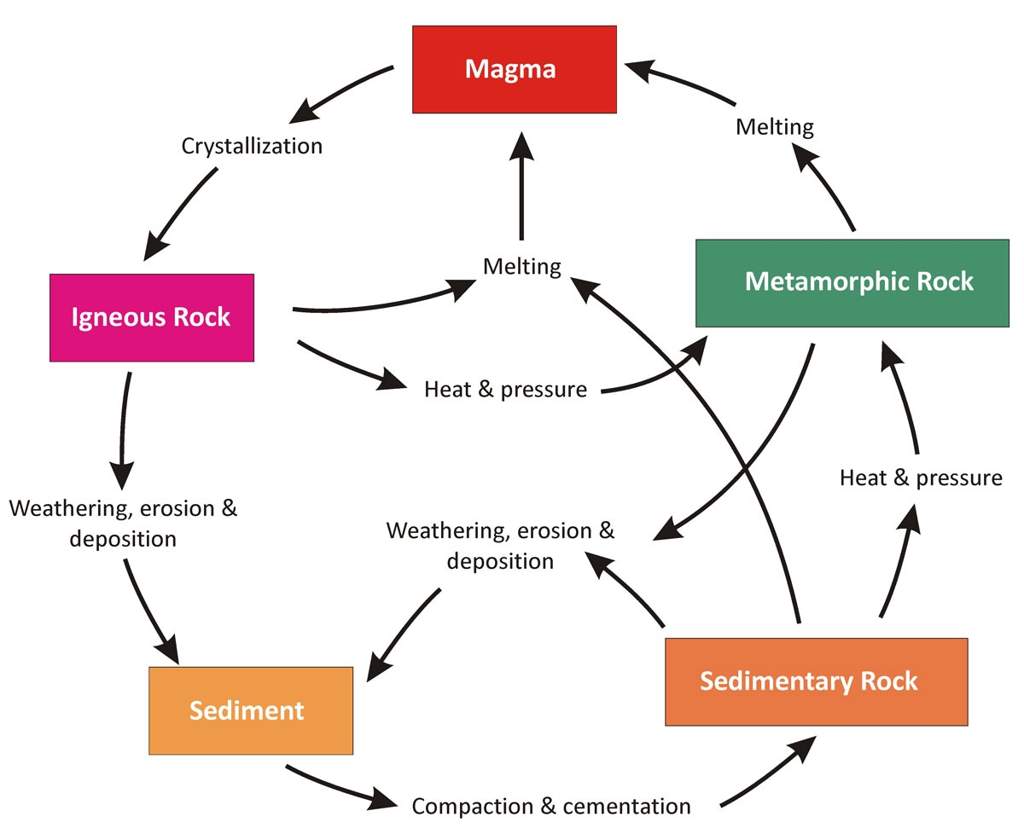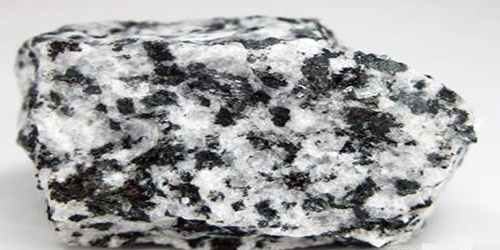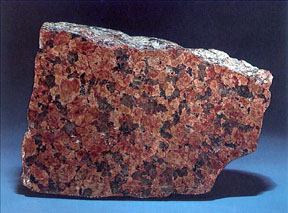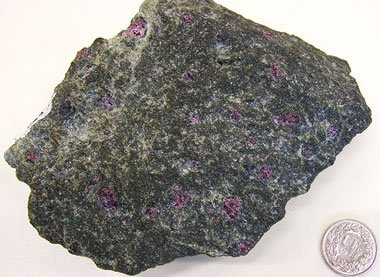Everything on earth has potential energy. This means that it could move even if it isn't right now. When an object is moving it has kinetic energy.
Say we stored energy in a spring. That spring will have the potential to move, however it wont move until we let it. Like a Catapult, a catapult has the potential to move at anytime we just need to set it off. The catapult is going to transfer energy from the spring to a marshmallow. The marshmallow will have potential energy until the catapult is released. As the marshmallow is flying through the air it will have kinetic energy meaning it is moving.
The reason i'm using a catapult. The catapult experiment requires minimal equipment, is fun and shows how potential and kinetic energy works really well.
To make this catapult you will require.
- 10 Popsicle sticks.
- 4 rubber bands (Not crap)
- 1 bottle cap (Milk cap recommended)
- Ammo (Marshmallow in our case)
- Hot glue gun
1. The first thing you want to do is gather all your materials.
2. Rubber band two pieces of Popsicle sticks together at the ends.
3. Stack the remaining eight sticks together and rubber band the ends together.
4. Slide the stack of eight in between the other two pieces.
5. Now use the fourth band to secure all the sticks together.
6. Use a hot glue gun to stick the milk cap to the end of the catapult (wait till dry).
These are the numbers this experiment got.
How to calculate energy.
Potential energy - Due to position
Potential energy is Mgh. M (Mass), g (Gravitational acceleration) and h (Height).
Kinetic energy - Due to movement
Potential energy is 1/2 mv^2. M (Mass), V (Velocity).
Example
Let's say for example I climbed to the top of a ten-story building. To do this calculation we will need to know our mass (i weigh around 80kg). For this calculation we will also need to know the acceleration due to gravity or g (acceleration of gravity is 9.81m/s^2). Now we have to convert the ten-story building into meters (which is about 32m roughly). Now multiply these together, I got 25 113.6 joules. If we do significant digits that is 2.5 x 10^4 joules of energy that my body has at the top of the building and as long as I stay at the top of that building I can use that on the way down. I don't want to jump of the building so for kinetic energy we will use a baseball instead. Remember kinetic = (1/2mv^2). If I pitch a baseball and there are two different pitches. When I throw, I probably throw it at around 20mph. Where a pro pitcher throws at about 100mph. Now to figure out how much kinetic energy would be in one of my throws and then a pro's. First, we need the weight of the baseball (lets say 0.145kg). Since we are doing kinetic the only other value we need is the speed (20mph = 13.0m/s). For these we always have to convert to m/s. A 100mph pitch then is roughly 45 m/s. Now let's figure out how much kinetic energy my pitch would have. We use the equation 1/2mv^2. M (0.145), V (9.0m/s). We then take that 1/2 and square the velocity and get 5.9 joules. Do the same with the Pro's and we should get 150 joules.
Not all potential energy will turn into kinetic energy. Some of the potential energy will turn into sound and heat energy.
That in a simpler way.
M G H
80 × 9.81 × 32 = 25113.6 joules of potential energy.
1/2m v^2
0.145 x 9.0^2 = 5.8725 joules of kinetic energy.















